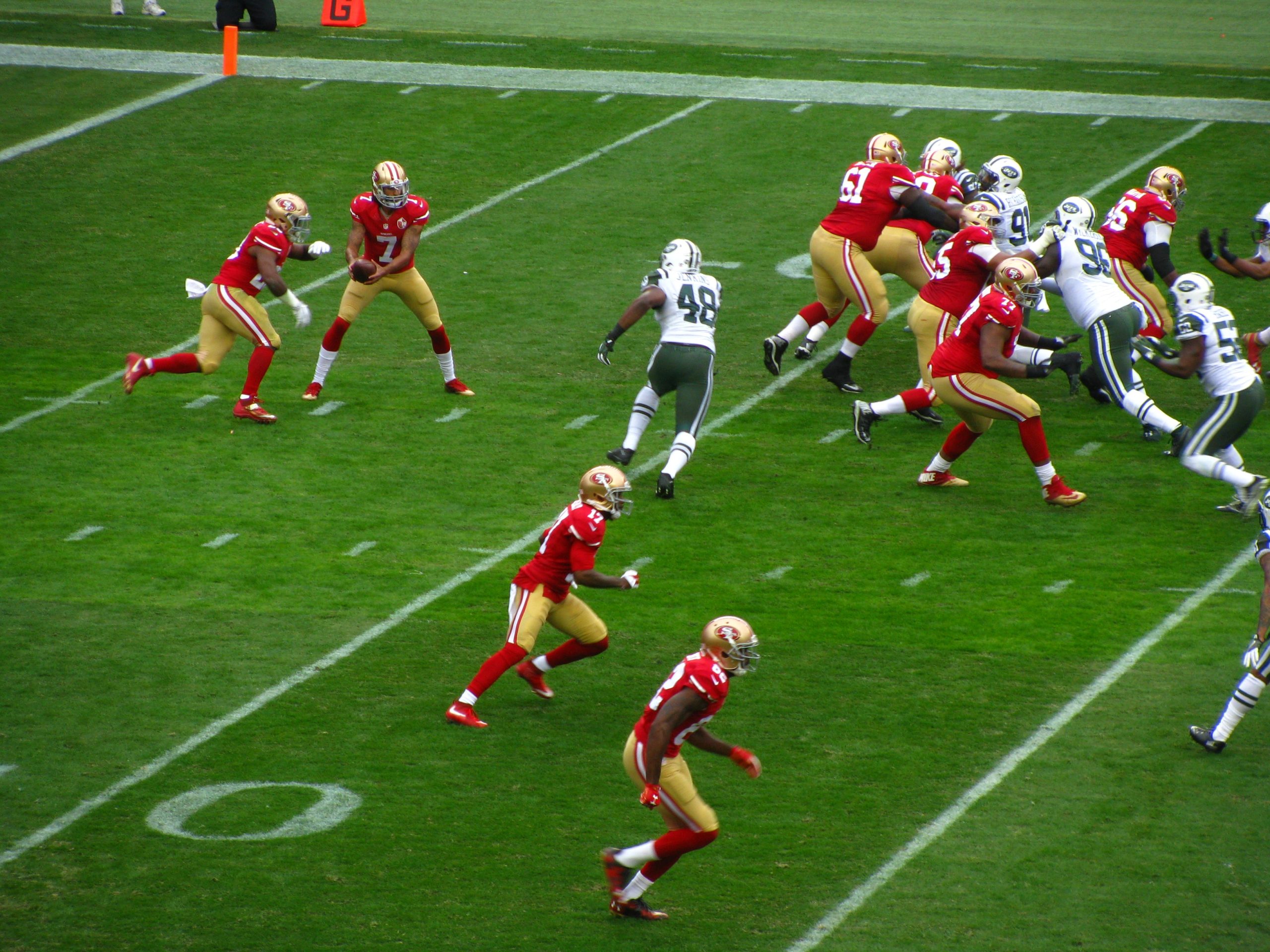Ever wonder how sportsbooks seem to know everything? How they post NFL odds that are just too close to what actually happens? It’s not magic — it’s math, data, and a touch of psychology. Let’s pull back the curtain and take a fun look at how bookmakers set NFL football betting odds.
It all starts with power rankings.
Before a single odd is posted, bookmakers run the numbers. Every NFL team gets a rating. Kind of like a Madden score, but built on real data. These power rankings consider things like:
- Win/loss records
- Home vs. away performance
- Player injuries
- Past matchups
- Recent trends
These rankings help figure out how strong each team is compared to the other. If Team A is rated higher than Team B, Team A will likely be the favorite.
The next step? Point spreads and moneylines.
This is where the math gets spicy! Bookmakers have to balance the odds — not just to predict the outcome, but to attract even betting on both sides.
- The point spread is how many points the favorite is expected to win by. So, a spread might be: Packers -6.5 vs. Bears. That means the Packers have to win by 7 points or more to cover the spread.
- The moneyline is simply who will win straight up. Favorites have a negative number like -150, while underdogs have + numbers like +130. A -150 favorite means you need to bet $150 to win $100. With +130, bet $100 to win $130.
Bookmakers set these odds carefully. They want to balance bets, not predict the exact score. If more money comes in on one side, they’ll adjust the odds or spread to even it out.
But how do they know so much?
Bookmakers work with tons of data. They analyze:
- Team stats
- Weather reports
- Injury updates
- Coaching strategies
- Historical trends
They also use advanced simulations and algorithms. These systems may run a single game thousands of times to see how often each team wins.

Don’t forget public perception.
This part is sneaky. Bookmakers know how fans think. If the Cowboys get a lot of public love, the oddsmakers might adjust the line. Not because Dallas is better — but because they want to manage how bets come in.
This is called “shading the line.” A popular team might be given a tougher spread just to even out the money bet on each side.
Here’s a quick example:
The Chiefs open as a 4-point favorite vs. the Raiders. But 80% of the money is coming in on Kansas City. Uh oh.
That would leave the sportsbook exposed. So, they might move the line to Chiefs -5.5. That might lure in more bets on the Raiders.
This balancing act protects the bookmaker from big losses.
Also important? The juice.
No, not orange juice. In betting, “juice” is the commission sportsbooks take. Most point spreads come with standard -110 odds. That means you bet $110 to win $100. That extra ten bucks goes to the house. It helps keep the lights on even when games end in shocking upsets.
Big shifts happen fast.
Let’s say star quarterback gets injured during practice. Boom — that line is moving! Bookmakers adjust odds in real-time. Updates happen within minutes. That’s why timing is key when placing your bets.

In summary, here’s how oddsmakers cook up the lines:
- They rank all 32 teams using stats, trends, and analytics.
- They set the initial odds — spreads, moneylines, totals.
- They react to public bets, and may move lines to balance action.
- They factor in things like weather, injuries, and fan bias.
- They include the juice to lock in a profit.
It’s part science, part art. And a little psychology, too. The best lines don’t aim to predict the future — they aim to get even money on both sides. That way, the sportsbook wins no matter who scores the last touchdown.
Next time you see an NFL betting line, remember: there’s a whole world of data and strategy behind that little number!